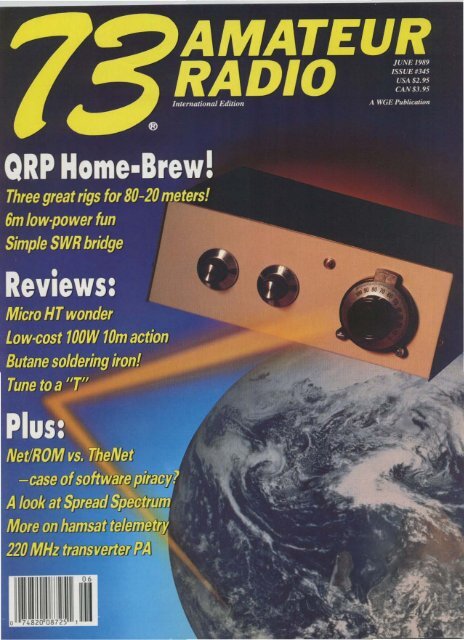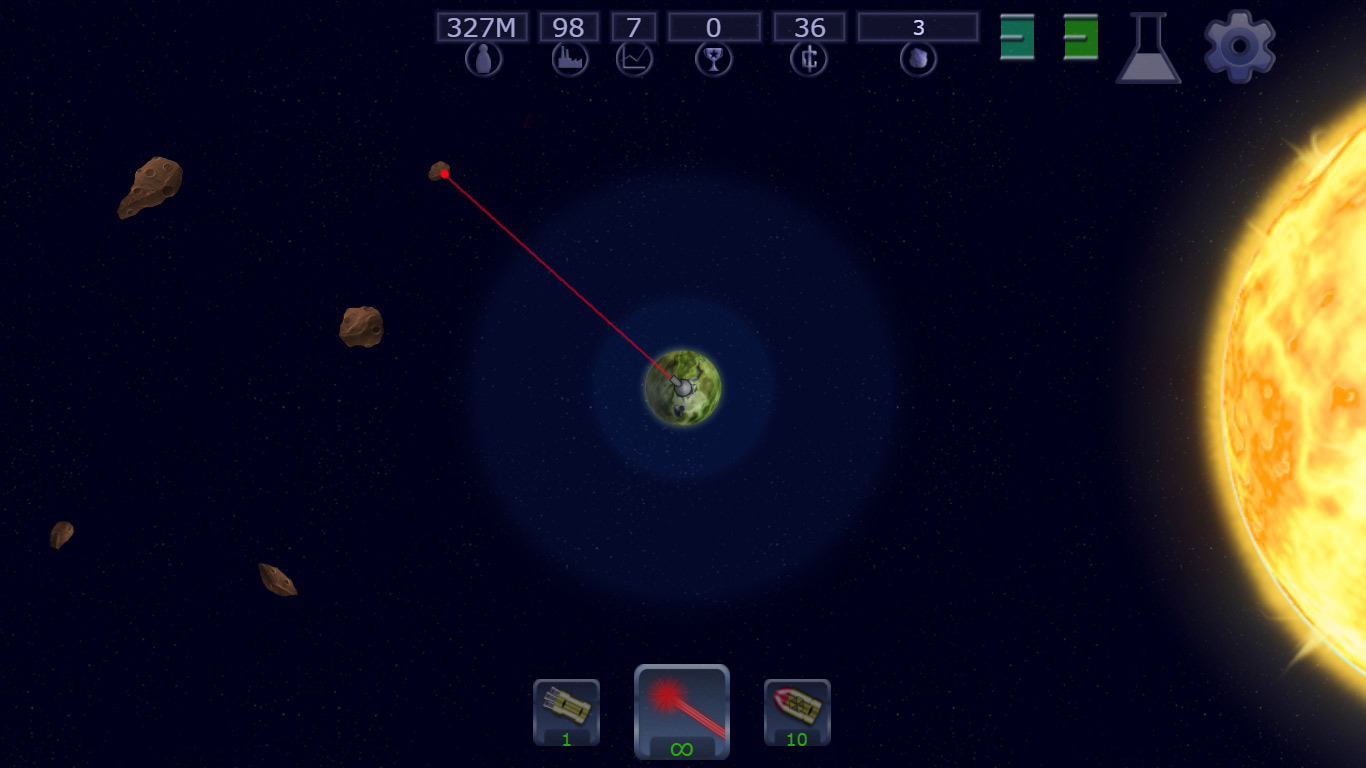Asteroid Deflector XL Mac OS
The threat of an Earth-asteroid collision is very real. Historically, asteroids and comets have proven to be sources of incredible destruction, and they are thought to have caused at least one mass extinction. Find apple app. This has motivated geologists, scientists and engineers to start devising plans to deflect potentially lethal asteroids and protect the. QLC+ is a free and cross-platform software to control DMX or analog lighting systems like moving heads, dimmers, scanners etc. This project is a fork of the great QLC project written by Heikki Junnila that aims to continue the QLC development and to introduce new features. Click “Uninstall” when prompted by Adobe, or follow these manual uninstall instructions for Windows and Mac users. Since Adobe is no longer supporting Flash Player after the EOL Date, Adobe blocked Flash content from running in Flash Player beginning January 12, 2021 to help secure your system. Asteroid impact avoidance comprises a number of methods by which near-Earth objects (NEO) could be diverted, preventing destructive impact events.A sufficiently large impact by an asteroid or other NEOs would cause, depending on its impact location, massive tsunamis or multiple firestorms, and an impact winter caused by the sunlight-blocking effect of placing large quantities of pulverized.
Introduction
Near Earth Object Program
Impacts throughout history
Modern Day Risks

The world received an impressive reminder of the dangers of asteroids on the morning of February 15, 2013, when an asteroid exploded over the town of Chelyabinsk, Russia [12, Fig 2]. The resulting explosion, or superbolide, damaged over 7,000 buildings, and injured more than 1,500 people [13]. Fortunately, there were no fatalities. The asteroid that caused the damage was only 17 to 20 meters in size, a mere baby when compared to Apophis. Still, even this small asteroid became a 440 kiloton air-blast bomb upon entering the Earth’s atmosphere [12] (Fig. 2).
The potential effects of an asteroid collision are clear enough. What remains is the question of what to do when the Earth is faced with its next certain encounter. Of course, there is evacuation and other disaster preparation, but why not attempt to avoid the collision to begin with? It turns out, if given enough of a head start, it takes only a relatively small course adjustment to prevent an impending collision. And, engineers are already at work, devising theoretical plans of action to achieve this very goal.
Nuclear Weapons
Asteroid Deflector Xl Mac Os Download
The Paintball Approach
The Gravity Tractor
Conclusion
References
- [1] NASA. (2013). Near Earth Object Program FAQ [Online]. Available: http://neo.jpl.nasa.gov/faq
- [2] A. Chamberlain, NASA. (2013, February 7). NEO Discovery Statistics [Online]. Available:
- http://neo.jpl.nasa.gov/stats/
- [3] R. P. Binzel. (2004). Torino Impact Scale [Online]. Available: http://impact.arc.nasa.gov/torino.cfm
- [4] T. Philips. (2008). The Tunguska Impact — 100 Years Later [Online]. Available: http://science.nasa.gov/science-news/science-at-nasa/2008/30jun_tunguska/
- [5] University of Texas, Austin. (2000, December 25). Yucatan Crater Linked To Mass Extinctions Of Dinosaurs (ScienceDaily) [Online]. Available: http://www.sciencedaily.com/releases/2000/12/001225061758.htm
- [6] TsarBomba.org. (2013). About Tsar Bomba [Online]. Available: http://www.tsarbomba.org/
- [7] NASA. (2013, January 10). 99942 Apophis (2004 MN4) Earth Impact Risk Summary [Online].
- Available: http://neo.jpl.nasa.gov/risk/a99942.html
- [8] D. Yeomans, S. Chesley, P. Choda. (2004, December 24). Near-Earth Asteroid 2004 MN4 Reaches Highest Score To Date On Hazard Scale [Online] Available: http://neo.jpl.nasa.gov/news/news146.html
- [9] N. J. Bailey, G. G. Swinerd, A. D. Morley, H. G. Lewis. (2006). Near Earth Object impact simulation tool for supporting the NEO mitigation decision making process. Proceedings of the International Astronomical Union [Online]. 2, pp 477-486. Available: http://journals.cambridge.org/action/displayAbstract?fromPage=online&aid=998156
- [10] D. Noland. (2006, November 7). 5 Plans to Head Off the Apophis Killer Asteroid [Online]. Popular
- Mechanics. Available: http://www.popularmechanics.com/science/space/deep/4201569
- [11] National Geographic News. (2005, January 27). The Deadliest Tsunami in History? [Online].
- Available: http://news.nationalgeographic.com/news/2004/12/1227_041226_tsunami.html
- [12] D. Yeomans, P. Chodas. (2013, March 1). Additional Details on the Large Fireball Event over Russia on Feb. 15, 2013. NASA. [Online]. Available: http://neo.jpl.nasa.gov/news/fireball_130301.html
- [13] Russia Beyond the Headlines. (2013, March 5). Meteorite-cause emergency situation regime over in Chelyabinsk region. [Online]. Available: http://rbth.ru/news/2013/03/05/meteorite- caused_emergency_situation_regime_over_in_chelyabinsk_region_23513.html
- [14] C. Dillow. (2012, April 9). How it Would Work: Destroying an Incoming Killer Asteroid With a Nuclear Blast [Online]. PopSci.com. Available: http://www.popsci.com/technology/article/2012- 04/how-it-would-work-destroying-incoming-killer-asteroid-nuclear-blast
- [15] N. D. Tyson. (2008, February 19). Neil deGrasse Tyson: Death by Black Hole [Online Video]. Forav.tv. Available: http://fora.tv/2008/02/19/Neil_DeGrasse_Tyson_Death_by_Black_Hole
- [16] J. Chu. (2012, October 25). Paintballs May Deflect an Incoming Asteroid [Online]. Available: http://web.mit.edu/newsoffice/2012/deflecting-an-asteroid-with-paintballs-1026.html
- [17] R. Cown. (2005, November 12). Protecting Earth. Science News [Online]. Vol. 168, pp. 310. Society for Science & the Public. Available: http://www.jstor.org.libproxy.usc.edu/stable/4016953
Asteroid Deflector Xl Mac Os 11
|
Pioneering engineers at the University of Strathclyde in Glasgow are developing an innovative technique based on lasers that could radically change asteroid deflection technology. 3 reel free slot games.
The research has unearthed the possibility of using a swarm of relatively small satellites flying in formation and cooperatively firing solar-powered lasers onto an asteroid – this would overcome the difficulties associated with current methods that are focused on large unwieldy spacecraft.
Massimiliano Vasile, of Strathclyde’s Department of Mechanical and Aerospace Engineering, is leading the research. He said: “The approach we are developing would involve sending small satellites, capable of flying in formation with the asteroid and firing their lasers targeting the asteroid at close range.
“The use of high power lasers in space for civil and commercial applications is in its infancy and one of the main challenges is to have high power, high efficiency and high beam quality all at the same time.
“The additional problem with asteroid deflection is that when the laser begins to break down the surface of the object, the plume of gas and debris impinges the spacecraft and contaminates the laser. Xkas tool for mac. However, our laboratory tests have proven that the level of contamination is less than expected and the laser could continue to function for longer than anticipated.”
Just over 100 years ago a 2000-kilometer area of vegetation was destroyed when an object believed to be 30-50 metres in diameter exploded in the skies above Tunguska, Siberia. While the likelihood of an immediate threat from a similar asteroid strike remains low, it is widely recognised that researching preventative measures is of significant importance.
Vasile added: “The Tunguska class of events are expected to occur within a period of a few centuries. Smaller asteroids collide with Earth more frequently and generally burn in the atmosphere although some of them reach the ground or explode at low altitude potentially causing damage to buildings and people.
“We could reduce the threat posed by the potential collision with small to medium size objects using a flotilla of small agile spacecraft each equipped with a highly efficient laser which is much more feasible than a single large spacecraft carrying a multi mega watt. Our system is scalable, a larger asteroid would require adding one or more spacecraft to the flotilla, and intrinsically redundant – if one spacecraft fails the others can continue.”
The Tunguska impact occurred in 1908 and wiped out 830 square miles of Siberian forest. Credit: Smithsonian Institution |
Vasile is now investigating the use of the same concept to remove space debris. The number of objects in orbit classified as debris is ever-increasing and with no widely accepted solution for their removal. Researchers at the University of Strathclyde believe the space-borne lasers could be used to lower the original orbit of the space debris and reduce the congestion.
Descargar acrobat pro gratis. Vasile said: “The amount of debris in orbit is such that we might experience a so called Kessler syndrome – this is when the density becomes so high that collisions between objects could cause an exponentially increasing cascade of other collisions.
Asteroid Deflector Xl Mac Os Update
“While there is significant monitoring in place to keep track of these objects, there is no specific system in place to remove them and our research could be a possible solution.

“A major advantage of using our technique is that the laser does not have to be fired from the ground. Obviously there are severe restrictions with that process as it has to travel through the atmosphere, has a constrained range of action and can hit the debris only for short arcs.”
The research was carried out in collaboration with the University of Strathclyde’s Institute of Photonics and was presented to the Planetary Society at the end of February.
Related Stories:
(Meteorites, Comets and Asteroids) Most Read
Source: University of Strathclyde press release